
Holistic Healing Insights from Columbia River Acupuncture.
Scroll for helpful tips, stories, and news.
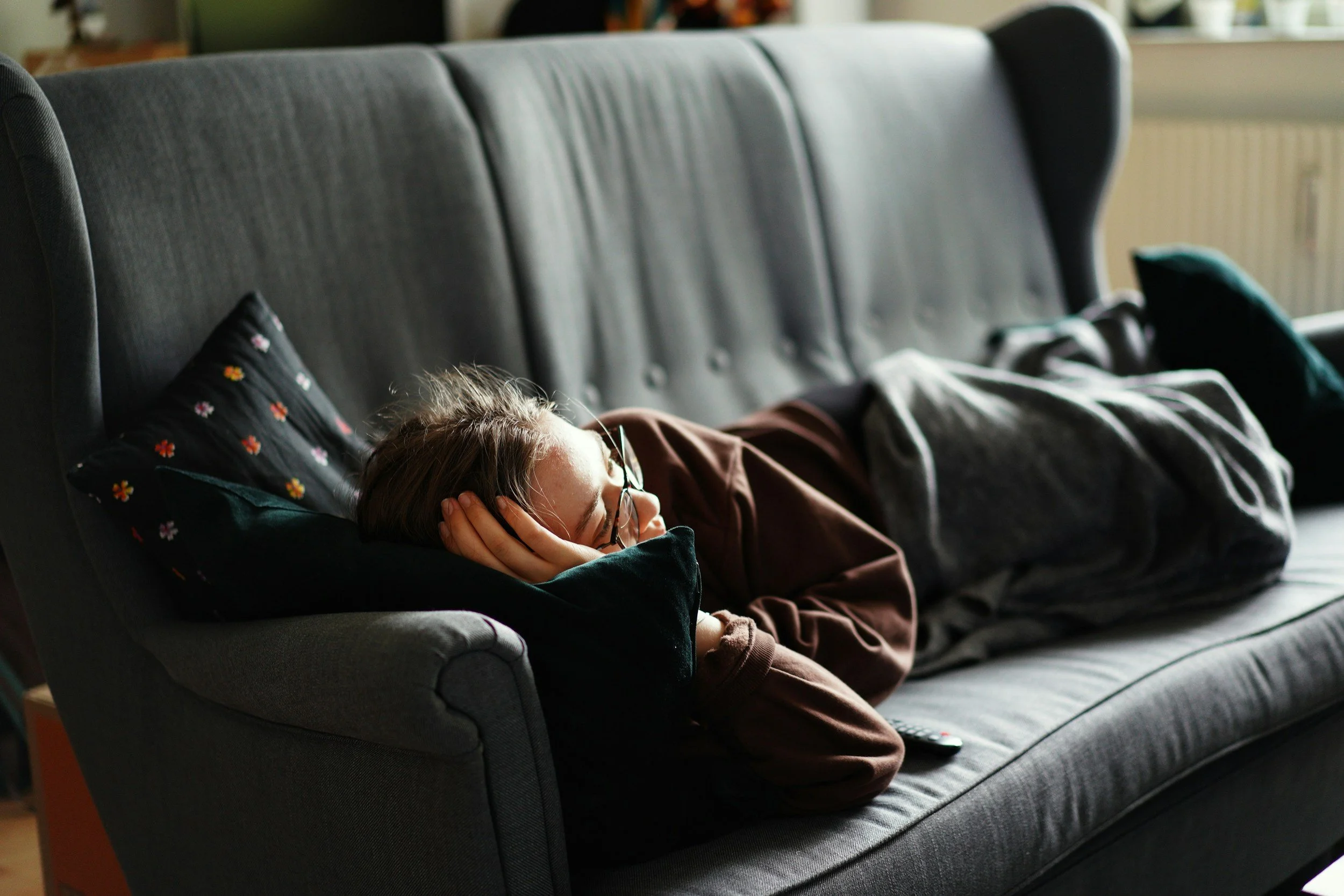
Napping and AFib Risk: The Long and the Short of It
Fascinating article on the relationship between napping and AFib risk "Napping for more than half an hour during the day was associated with a 90% increased risk of atrial fibrillation (AFib), but shorter naps were linked to a reduced risk, based on data from more than 20,000 individuals.
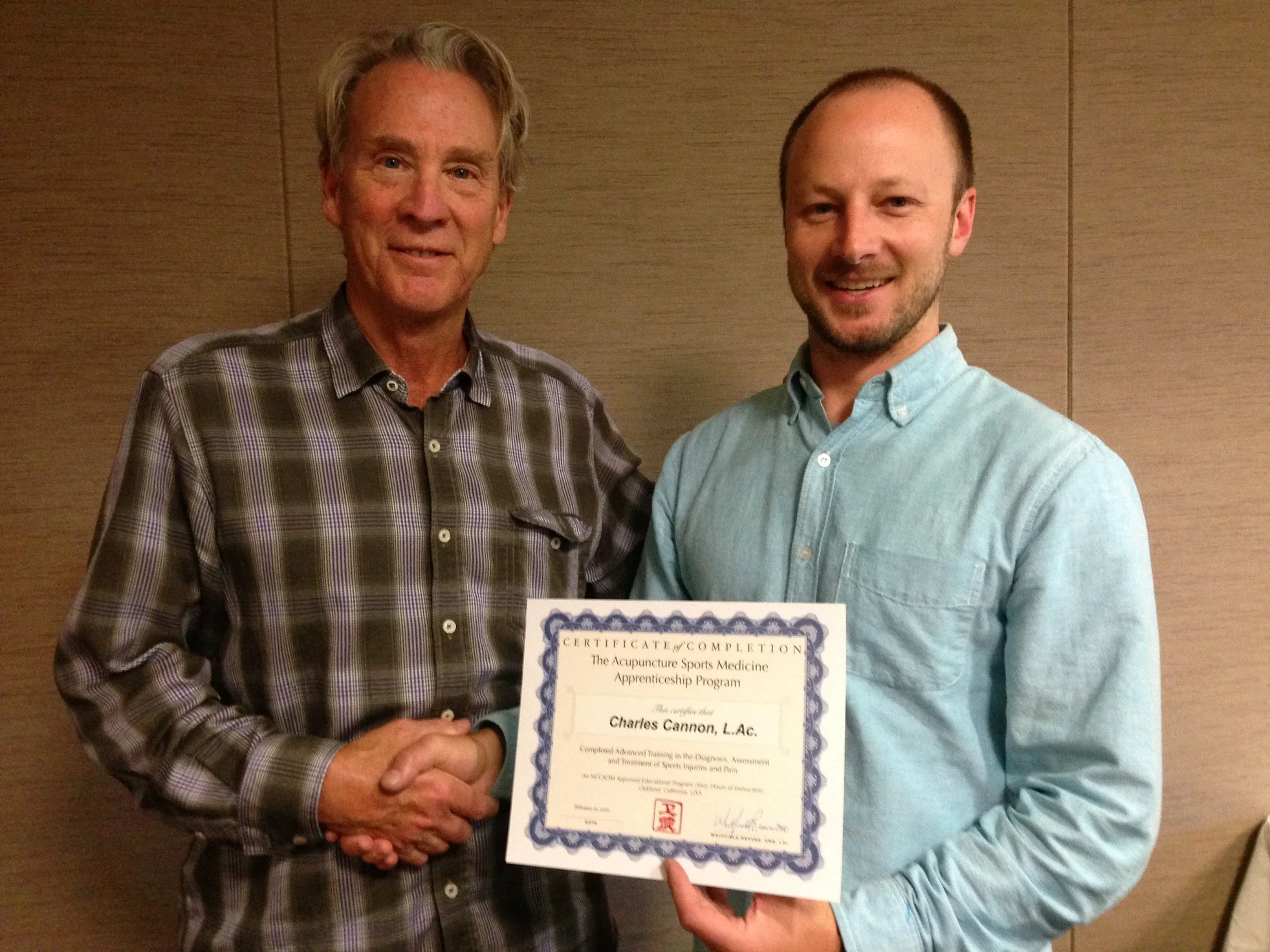
Charlie Cannon becomes Hood River's Acupuncture Sports Medicine Practitioner!
In February, 2016 Charlie became the only certified Acupuncture Sports Medicine practitioner in the Columbia River Gorge.

Society for Integrative Oncology
Susan Froehlich, LAc, is presently in Miami, FL at the 13th International Conference of the Society of Integrative Oncology.

Clinical Practice of Chinese Medicine...
Dr. Lin Hongsheng, Editor-in-Chief, presented the English version of a ten year project which compiled research, best practices, rigorous evidence-based, scientific standardized information from numerous researchers across TCM and Western Medical disciplines.
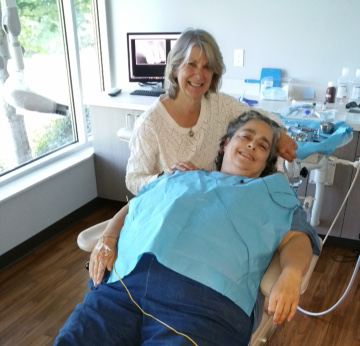
Columbia River Acupuncture successfully administers Acupuncture Dental Anesthesia
Acupuncture, a treatment within Chinese Medicine, has been used to treat medical conditions for over 5000 years.
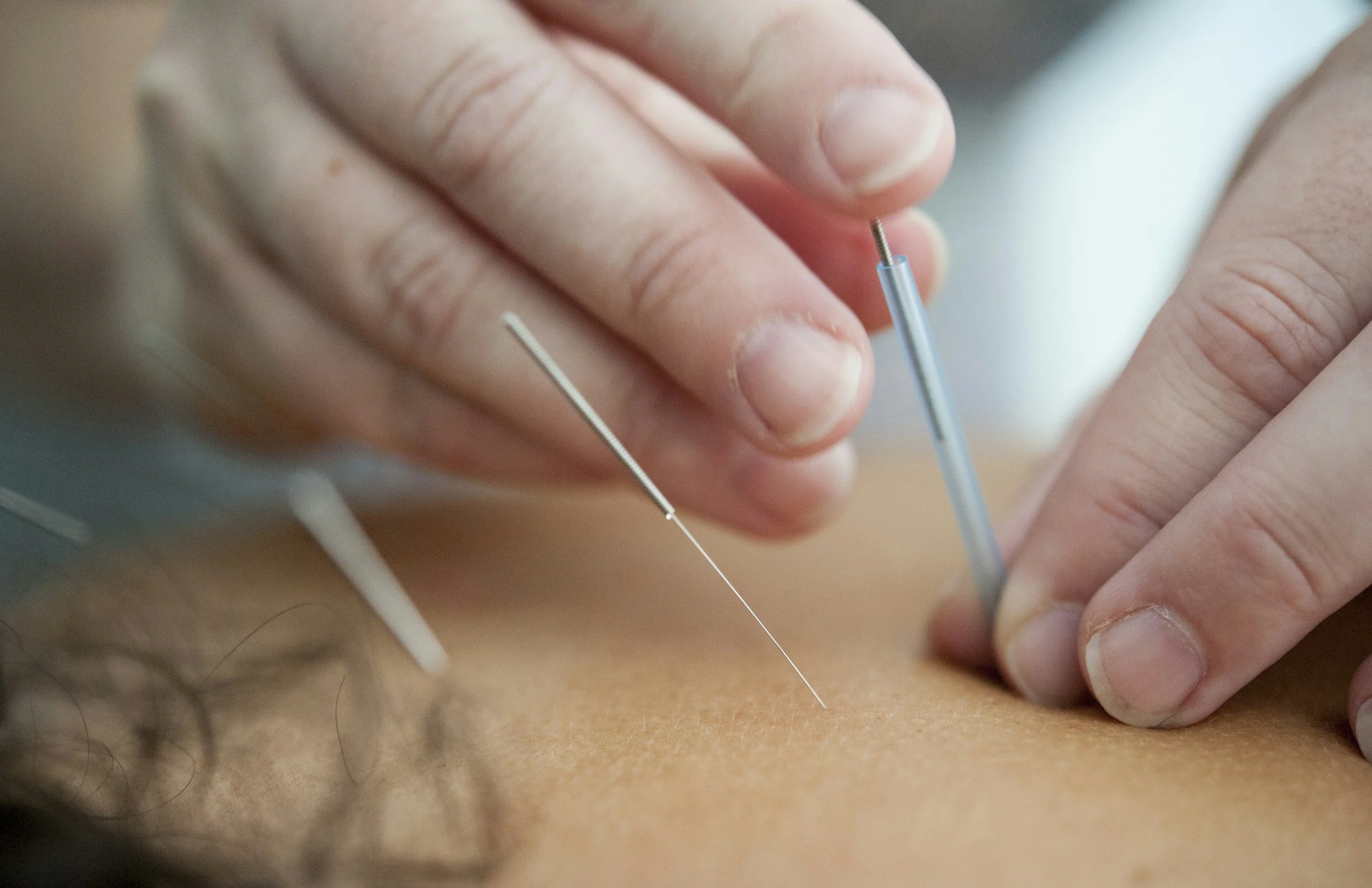
Acupuncture in the E.R. Abbott Northwestern Hospital is reporting success using acupuncture in its E.R.
Abbott Northwestern Hospital is reporting success using acupuncture in its emergency room to treat conditions ranging from car accident injuries to migraines to kidney stones, and hoping to prove that the traditional Chinese treatment can reduce doctors’ reliance on addictive opioids to manage patients’ pain.

For Breast Cancer Survivors; Acupuncture Better Than Pills for Hot Flashes
Electroacupuncture Versus Gabapentin for Hot Flashes Among Breast Cancer Survivors: A Randomized Placebo-Controlled Trial
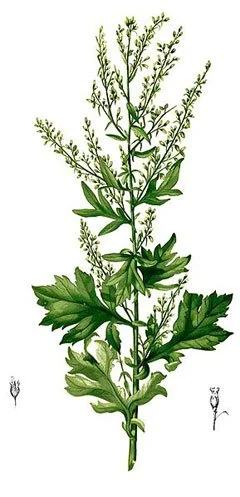
Nobel Prize Awarded to TCM Researcher – Youyou Tu for extracting Artemisinin
Awarded the Nobel Prize, Scientist Youyou Tu was the first to extract the biologically active component – Artemisinin -from one of the most beneficial and widely used Traditional Chinese Medicinal herbs, Ai Ye – Mugwort – Artemisia.

Charlie begins Acupuncture Sports Medicine Apprenticeship Program
Charlie is back stateside after his stay on the island of Maui where he completed the first of 3 modules to become Acupuncture Sports Medicine certified!

Fascia Findings: Acupuncturist Susan Froehlich attends international congress
Its impact on physical movement, rehabilitation, imaging studies and overall health is just becoming more evident. Fascia, a delicate web of collagen fibers that surround and intertwine every muscle, organ and structure, forms a network throughout the human body.

Society for Integrative Oncology
The Society for Integrative Oncology will hold their International Conference in Boston, MA this year, with a special one day workshop led by Dr. Helene Langevin, neurobiologist and Licensed Acupuncturist on the connection between Acupuncture, Connective tissue and metastasis of cancer cells.

Swedish study: eating organic reduces pesticides in body
The results of this study indicate that exposure to pesticides reduces when we eat organic products instead of conventionally grown food, and clarifies the significance of food as a source of exposure to chemicals.

Acupuncture in Myanmar - Susan Froehlich, LAc volunteers abroad
Relax. Enjoy the 33 hour travel to Mandalay, Myanmar. Remember to thank Charlie once again for taking good care of our patients.
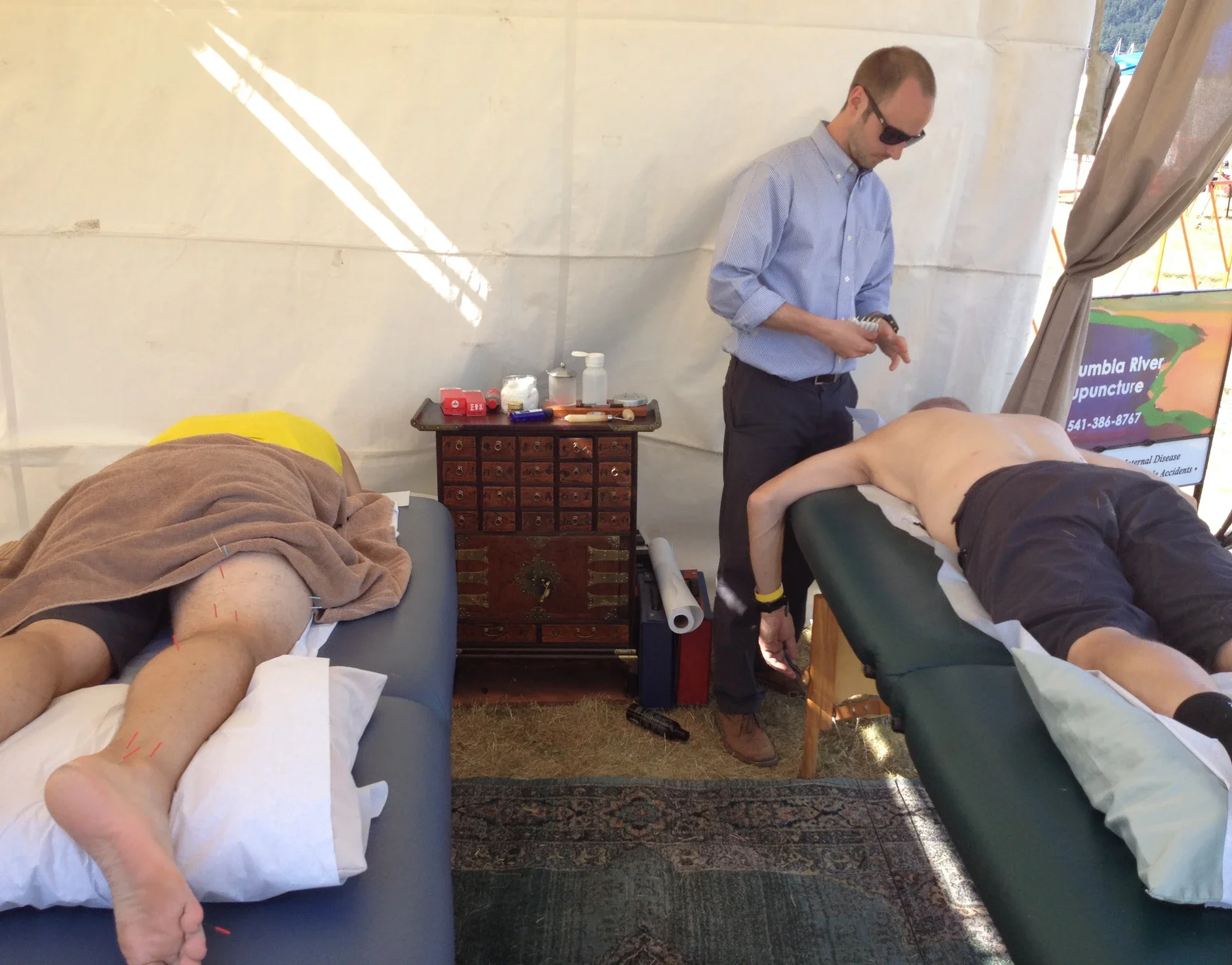
Hood 2 River Relay - Acupuncture and Tuina massage help athletes recover
This last weekend, May 31, 2014 Charles Cannon, LAc from Columbia River Acupuncture worked alongside the EMT tent treating athletes as they finished the first-ever, multi-disciplined relay event.

START YOUR WELLNESS JOURNEYPersonalized Care Tailored to Your Needs
Our comprehensive treatments, from chiropractic adjustments to naturopathic medicine, are tailored just for you. Feel the difference – schedule your session by clicking below.
